Best Practices Articles

Scaling PartnerOps: Frameworks for Sustainable Channel Growth
Organizations with indirect go-to-market strategies increasingly view PartnerOps as a strategic pillar, not a support layer. As businesses grow their partner ecosystems—spanning value-added resellers, technology alliances, service delivery integrators, and marketplace providers—they must adopt scalable, operations-driven approaches that align with business strategy and accelerate performance. PartnerOps now sits at the center of this shift.
At its core, PartnerOps serves as the execution engine of partner strategy. It translates top-level goals into the processes, systems, and tools required for day-to-day partner engagement. As sales and marketing functions focus on revenue and demand generation, PartnerOps builds and maintains the infrastructure that ensures alignment, compliance, scalability, and accountability across the partner lifecycle.
Modern PartnerOps supports everything from partner selection and onboarding to compensation, training, co-selling, and performance measurement. It connects internal teams with external stakeholders by operationalizing workflows, managing partner data, and enforcing program rules. Without PartnerOps, partner programs falter—misaligned resources, underutilized assets, and poor visibility make sustainable growth elusive.
The operational requirements have never been more complex. SaaS companies operate across multiple regions, verticals, and customer segments. They rely on direct sales, partner-led deals, co-sell motions, and self-service platforms. This multifaceted go-to-market structure depends on mature PartnerOps models to orchestrate collaboration and deliver measurable outcomes.
To scale with purpose, companies must embed PartnerOps into strategic planning. This means more than automating partner onboarding or running quarterly business reviews. It requires a structured, proactive approach to aligning people, processes, data, and tools with the company’s long-term growth trajectory.
This article explores the five foundational components of a scalable and sustainable PartnerOps framework. It provides a blueprint that organizations can use to transform partner operations from a tactical function into a strategic differentiator.
1. Building Strategy-First Operational Alignment
High-impact PartnerOps begins with alignment. Every operational decision must support a strategy that reflects business goals, customer needs, and market dynamics. PartnerOps does not set direction; it enables execution.
Organizations often begin the planning process by conducting a top-down market landscape analysis. This includes evaluating the total addressable market, customer buying trends, geographic opportunities, and competitive positioning. PartnerOps models partner capacity, sales coverage, and enablement requirements based on anticipated demand.
Simultaneously, PartnerOps leads a bottom-up assessment of the existing ecosystem. This includes reviewing partner contribution metrics, engagement levels, and service delivery capacity. By combining these approaches, PartnerOps identifies operational gaps that hinder strategy execution—such as unbalanced partner distribution, underperforming regions, or fragmented training efforts.
A strategy-first approach also clarifies partner routes to the market. Rather than lumping partners into generic categories, PartnerOps segments them based on their roles in the customer journey. For example, a technology alliance focused on integration plays a different role than a regional reseller who manages the full sales cycle. PartnerOps designs engagement models, enablement content, and measurement KPIs tailored to each segment.
Significantly, this alignment extends to internal teams. PartnerOps works directly with sales, marketing, product, and customer success to ensure partner motions support broader business initiatives. When the company expands into a new vertical, PartnerOps selects the most capable partners, defines their training needs, and integrates their contributions directly into pipeline reporting.
Strategy-first PartnerOps creates clarity across the organization. It ensures that every partner activity supports the broader mission. It avoids resource duplication, reduces friction, and improves partner satisfaction through clearly defined expectations.
2. Balancing Scale with Strategic Depth
PartnerOps faces a critical challenge as ecosystems grow: balancing efficiency with effectiveness. High-performing organizations understand that some processes demand depth while others lend themselves to scale.
Efficiency involves streamlining operations to support large volumes with minimal friction. PartnerOps achieves efficiency through automation, templates, standardized playbooks, and integrated systems. Functions like partner onboarding, contract processing, and co-branded campaign execution often benefit from high-efficiency workflows. PartnerOps designs these systems to eliminate bottlenecks and allow partners to self-serve whenever possible.
By contrast, effectiveness focuses on depth of insight, customization, and proactive engagement. In complex partner motions—such as co-innovation, multi-region implementation, or industry-specific deployments—PartnerOps provides high-touch support. These efforts often require bespoke program adjustments, detailed capacity planning, or long-term engagement models. Partner Operations assigns specialized team members to manage these high-impact relationships.

Many PartnerOps teams use a two-axis matrix to operationalize this balance: one axis tracks task complexity; the other measures required scale. Tasks with low complexity and high scale go into the automation stream. Functions with high complexity and lower scale receive expert support. This framework prevents operational overload while delivering meaningful results across the partner spectrum.
The organization of PartnerOps teams often reflects this approach. One team manages transactional support for hundreds of resellers. Another manages strategic alliances with a handful of global integrators. Both operate under shared metrics but use different tools, workflows, and escalation paths.
Maintaining this balance also requires constant reevaluation. As partners evolve their capabilities or shift focus, Partner Operations reassesses how to allocate support. This agility ensures that operational models remain efficient without sacrificing effectiveness.
3. Designing Programs That Reinforce Strategic Priorities
Well-structured programs form the backbone of PartnerOps. These programs define how partners engage, what incentives they receive, and what performance expectations they must meet. More importantly, they align partner behavior with business outcomes.
PartnerOps begins by segmenting partners based on value creation. This includes revenue potential, technical specialization, customer influence, and service capability. Partner Operations defines program tiers, participation requirements, and associated benefits using this segmentation. A service provider may focus on implementation and support. A reseller may specialize in demand generation. Each role receives tailored metrics, compensation, and enablement.
Programs built by PartnerOps go beyond checklists. They include enablement frameworks, deal registration guidelines, co-marketing opportunities, and customer success responsibilities. These elements reflect the organization's strategic direction, whether entering new markets, selling to enterprises, or bundling services.
Incentive models reinforce this structure. PartnerOps manages incentives such as discounts, performance rebates, market development funds (MDF), and tier-based rewards. They structure these rewards to encourage behaviors that deliver the most value. If sourcing deals in new verticals is a priority, incentives target those motions. If retention is key, PartnerOps rewards service delivery and post-sale engagement.
Program success depends on enforcement and adaptability. PartnerOps monitors KPIs in real-time using CRM systems, PRM platforms, and partner dashboards. They track registration rates, certification completions, win rates, and pipeline influence. When metrics fall short, Partner Operations identifies root causes and adjusts program levers.
PartnerOps also communicates program value. Partners must understand not only what the program entails but why it matters. Through enablement sessions, onboarding paths, and resource hubs, Partner Operations ensures partners know how to engage and succeed.
Strong programs reduce ambiguity. They replace scattered expectations with structured guidance. They make it easier for partners to deliver value—and for companies to measure it.
4. Structuring Teams for Global PartnerOps Execution
Partner Operations must evolve its team structure as ecosystems mature to match increasing complexity. What starts as a few generalists supporting partner managers often becomes a matrixed team with specialized roles.
Successful PartnerOps teams organize around both function and partner type. Functional roles include program management, systems operations, analytics, enablement, and marketing. Each role addresses a specific need—whether designing partner tiers, maintaining PRM data, or optimizing co-branded campaigns.
Partner Operations also creates specializations based on partner categories. For example, a team may support global systems integrators while another manages regional resellers. This structure allows each team to build domain expertise, anticipate partner needs, and engage with consistency.
Enablement plays a critical role. Partner Operations dedicates team members to managing onboarding experiences, certification paths, and learning journeys. These specialists track partner progress, deliver role-based training, and resolve onboarding blockers. By focusing on education, enablement reduces time to value and improves partner satisfaction.

Operations roles manage the infrastructure. These team members own deal registration flows, partner portal performance, Salesforce integrations, and analytics dashboards. They ensure that data remains clean, systems run reliably, and operational bottlenecks do not stall engagement.
Marketing-focused PartnerOps professionals help partners drive demand. They develop scalable campaigns, offer templates for co-marketing, and manage campaign performance reporting. These functions increase partner reach and reinforce brand alignment.
Governance structures tie it all together. PartnerOps leaders coordinate with sales, customer success, legal, finance, and product teams. They lead cross-functional planning, run business reviews, and guide investment decisions based on partner performance and potential.
This structured approach prevents chaos as the ecosystem grows. It empowers each team member to contribute meaningfully and creates a sustainable model for supporting thousands of partners across global markets.
5. Driving Continuous Improvement Through Data and Feedback
Partner Operations cannot remain static. As markets evolve and partner models change, PartnerOps must adapt through continuous improvement. This requires disciplined data management, structured feedback, and a willingness to iterate.
It starts with data. PartnerOps tracks partner activity across onboarding, enablement, deal cycles, customer outcomes, and service delivery. These metrics fuel real-time dashboards that highlight success patterns and reveal underperformance. Clean data enables predictive insights—such as identifying which partners are likely to churn or where enablement gaps delay pipeline development.
Analytics models help Partner Operations prioritize. For example, contribution scoring surfaces partners who consistently influence deals, even if they don’t transact directly. Time-to-close analysis shows where PartnerOps needs to intervene in co-selling processes. Certification progress correlates with deal velocity and customer satisfaction. These insights guide resource allocation.
But numbers only tell part of the story. PartnerOps also gathers qualitative feedback from partners and internal teams. Surveys, one-on-one interviews, and retroactive deal reviews reveal what data alone cannot. A drop in performance may stem from unclear messaging, delayed approvals, or mismatched expectations. Partner feedback often identifies improvements that make programs more usable and impactful.
Partner Operations uses these insights to adjust processes, incentives, and program design. If data shows a particular certification isn’t driving performance, Partner Operations revises the content. If deal registration SLAs are unmet, PartnerOps revisits internal workflows. These micro-adjustments, made regularly, prevent major breakdowns.
Crucially, Partner Operations also evaluates its performance. Key internal metrics include system uptime, support ticket resolution times, onboarding cycle duration, and partner engagement with self-service tools. By measuring the health of its operations, PartnerOps maintains the speed and quality required for scale.
Continuous improvement becomes a competitive advantage. Organizations that embed learning into Partner Operations adapt faster and build resilient, responsive, and reliable ecosystems.
Conclusion
Partner ecosystems represent one of the most potent growth levers in modern SaaS. However, even the best partner strategy can fail without the right operational backbone. That’s where PartnerOps delivers its most significant value.
By aligning operational execution with strategic goals, balancing scale with depth, designing effective programs, building functional team structures, and continuously improving based on data, Partner Operations transforms from a reactive role into a growth engine.
Companies that prioritize PartnerOps build stronger partnerships, scale faster, and operate with more clarity. They replace friction with function, guesswork with data, and manual work with intelligent systems. They enable partner managers to focus on strategy while giving partners the support they need to succeed.
Most importantly, they elevate Partner Operations from a background function to a visible driver of business outcomes.
The companies that invest early and seriously in PartnerOps will shape the future of partnership-led growth. They will own the ecosystems that matter.
Best Practices Guidebook
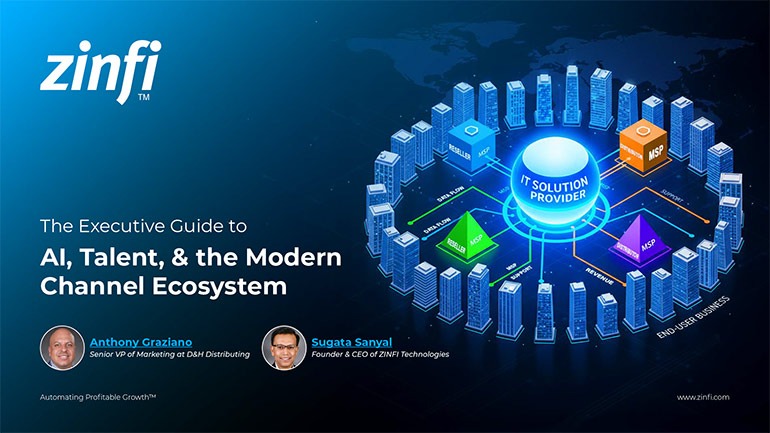 Modernizing Channel Marketing: AI and Ecosystem Enablement Best Practices
Modernizing Channel Marketing: AI and Ecosystem Enablement Best PracticesDownload for FREE
 The Channel’s Shift to Partner-Led With AI Best Practices
The Channel’s Shift to Partner-Led With AI Best PracticesDownload for FREE
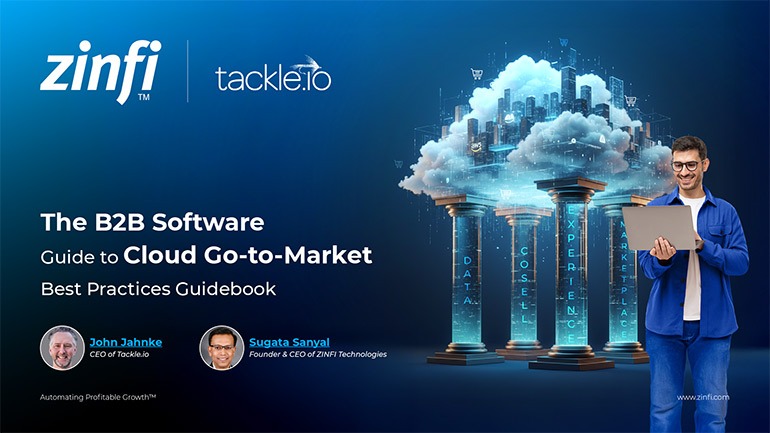 Hyperscalers, ISVs, and AI: Shaping the Future of B2B Software Distribution
Hyperscalers, ISVs, and AI: Shaping the Future of B2B Software DistributionDownload for FREE
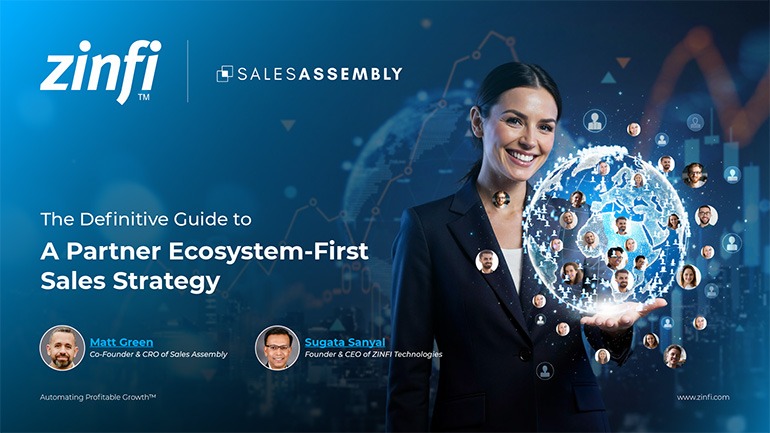 Definitive Guide to a Partner Ecosystem-First Sales Strategy
Definitive Guide to a Partner Ecosystem-First Sales StrategyDownload for FREE
 The Partner-Led Digital and AI Transformation Best Practices
The Partner-Led Digital and AI Transformation Best PracticesDownload for FREE
 Startup Talent Recruitment: Hiring Missionaries, Not Mercenaries
Startup Talent Recruitment: Hiring Missionaries, Not MercenariesDownload for FREE
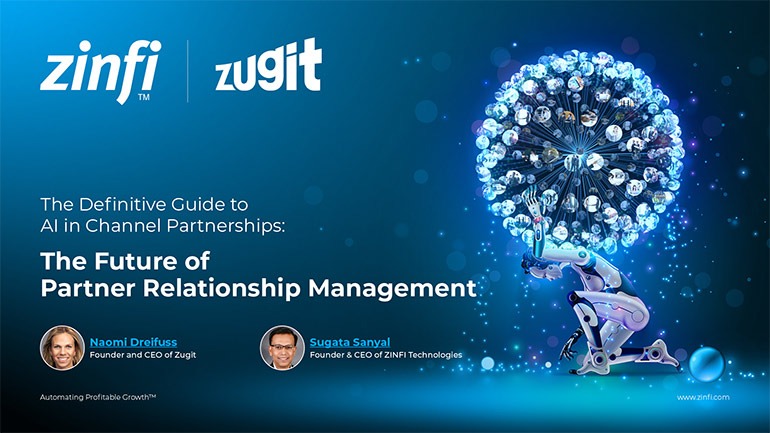 The Future of Partner Relationship Management with AI in Partnerships
The Future of Partner Relationship Management with AI in PartnershipsDownload for FREE
 Cybersecurity for the 99%: Strategies from the Frontline
Cybersecurity for the 99%: Strategies from the FrontlineDownload for FREE
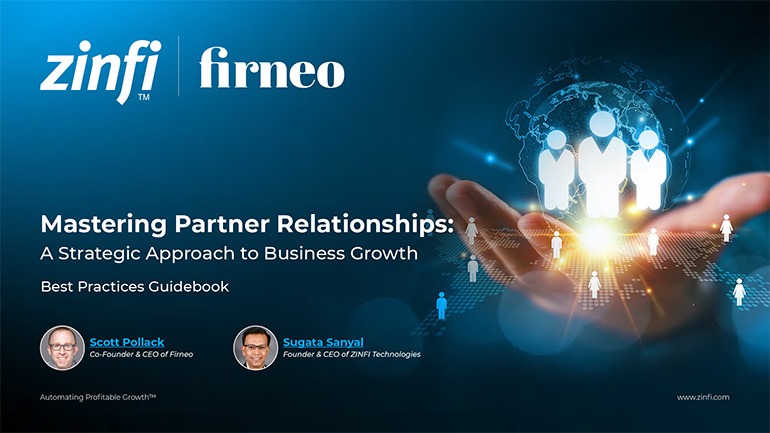 Mastering Partner Relationships: A Strategic Approach to Business Growth
Mastering Partner Relationships: A Strategic Approach to Business GrowthDownload for FREE
 Mastering Partner Relationship Management: Keys to SaaS Channel Success
Mastering Partner Relationship Management: Keys to SaaS Channel SuccessDownload for FREE
 Navigating the AI Revolution: Guide for Partners in the Microsoft Ecosystem
Navigating the AI Revolution: Guide for Partners in the Microsoft EcosystemDownload for FREE
 Mastering the Modern Buyers Journey: Sales Leader’s Guide to AI & Engagement
Mastering the Modern Buyers Journey: Sales Leader’s Guide to AI & EngagementDownload for FREE










